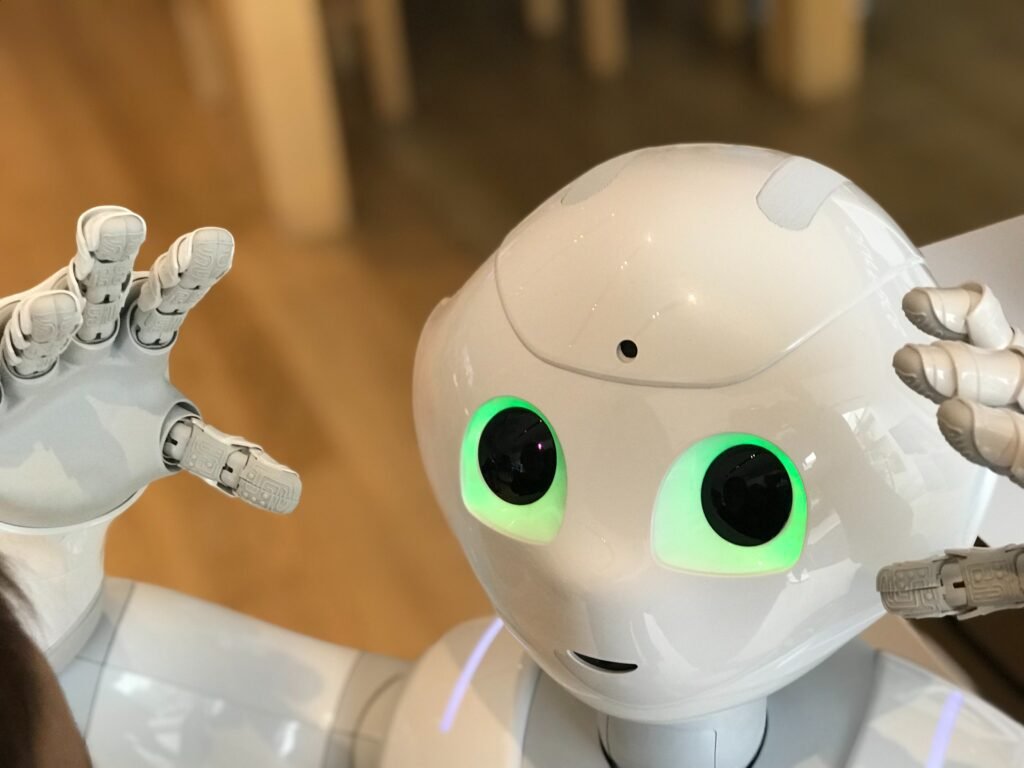
Robots and automation have been steadily transforming the workforce, and the question on many minds is just how long it will take before robots can handle most jobs currently done by humans. This radical shift in the employment landscape has both exciting possibilities and potential challenges. In this article, we’ll explore the timeline for when robots might assume the majority of our work roles.
The pace of automation has accelerated in recent years, thanks to advancements in artificial intelligence (AI) and robotics. Machines are now capable of handling complex tasks, from data analysis to customer service. However, the timeline for full automation varies across industries.
In manufacturing, robots have already taken over many repetitive and dangerous tasks. For instance, in automotive assembly plants, robots weld, paint, and even perform inspections. These machines work tirelessly and with precision, significantly reducing errors and injuries. But not all jobs in manufacturing are easily automated. Complex tasks requiring nuanced human judgment, creativity, and adaptability still elude machines.
The service industry is another domain where automation is on the rise. Self-checkout kiosks in grocery stores and fast-food restaurants are becoming commonplace. However, there are limits to what machines can do in service roles. While they can handle routine orders and transactions, they often struggle with unique customer requests and complex problem-solving.
When it comes to white-collar jobs, the timeline for automation is less clear. Some tasks within these roles are already automated, such as data entry and basic analytics. Still, roles requiring critical thinking, empathy, and creativity remain firmly in human hands. The prospect of robots replacing doctors, lawyers, and creative professionals is a topic of debate and uncertainty.
One key factor influencing the timeline of automation is cost. Implementing automation can require substantial investment in technology and retraining of the workforce. For many companies, the decision to automate is a balance between cost savings and maintaining quality.
Education and skills development will play a crucial role in adapting to this evolving job market. As certain roles become automated, there will be a growing demand for individuals who can design, program, and maintain robots and AI systems. Thus, we might see a shift from traditional jobs to positions focused on technology management and innovation.
The timeline for full automation also depends on societal acceptance and regulations. Concerns about job displacement and ethical considerations regarding AI and robots may lead to slower adoption in some sectors.
The timeline for when robots will take over most jobs is a complex and evolving issue. While some tasks are already automated, the full automation of most jobs may take decades. It will require not only technological advancements but also adjustments in education, policy, and society’s readiness to embrace this transformation. The future of work will undoubtedly be shaped by the interplay of these factors, and it’s a topic that merits ongoing attention and discussion.








